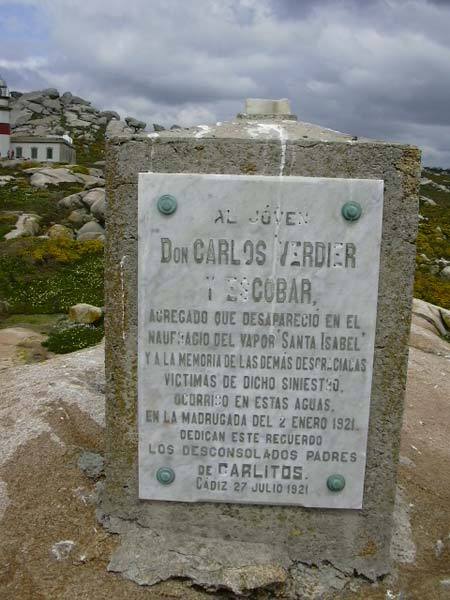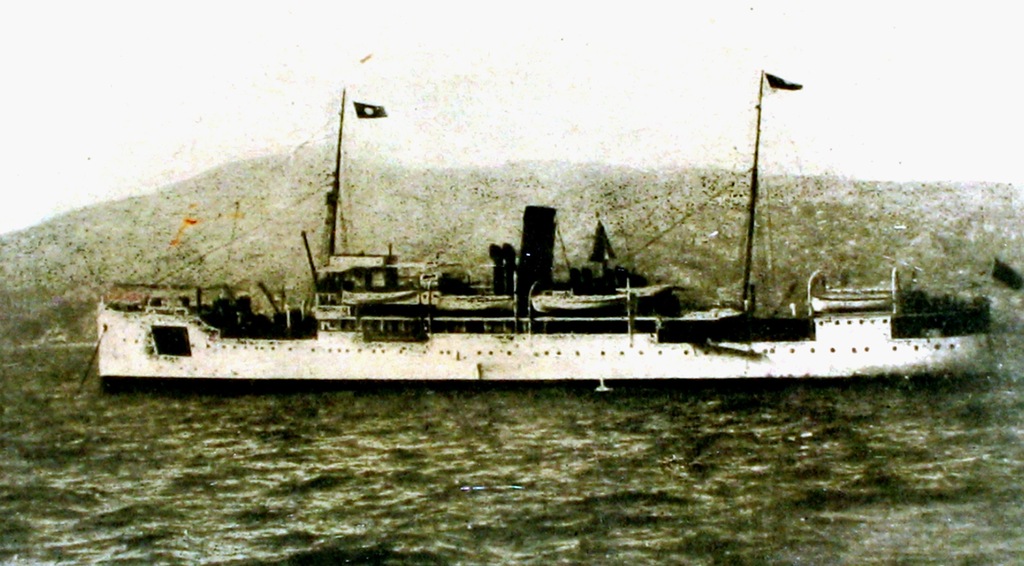Arosa estuary presents difficult sailing conditions, compared to the rest of Galician estuaries, especially if it is sailing and also if the boats are big. Sálvora archipelago, besides the main island, is made up of different islands as Sagres , Noro and Vionta , and many other smallerand low islands as dangerous as Asadoiros , Pedras Pardifias , Touza Area Mesa, Touza do Cabeceiro Grande, Pedras do Sargo , Paste or the Filla de Pegar , where the ship Santa Isabel ran aground.
The collective memory of Sálvora neighbours, would be marked forever on 2 January 1921 , with the shipwreck and sinking of Santa Isabel steamship, which confused its route due to adverse weather conditions (coming from Bilbao, Santander and La Coruña to enter Vilagarcía and proceed to Vigo and then to Cádiz to complete the passage that would finish in Argentina and Uruguay). It collided with the low front of the lighthouse which was first built in 1852. They were concluding the works of the new infrastructure, which would open in that fateful year of 1921 , following the wreck .
This lighthouse would face a serious reform in 1958, settling generators, batteries and a store because fuels such as oil or petroleum had been previously changed used fuels. Today it works with solar panels that provide electricity (photovoltaic) needed.


